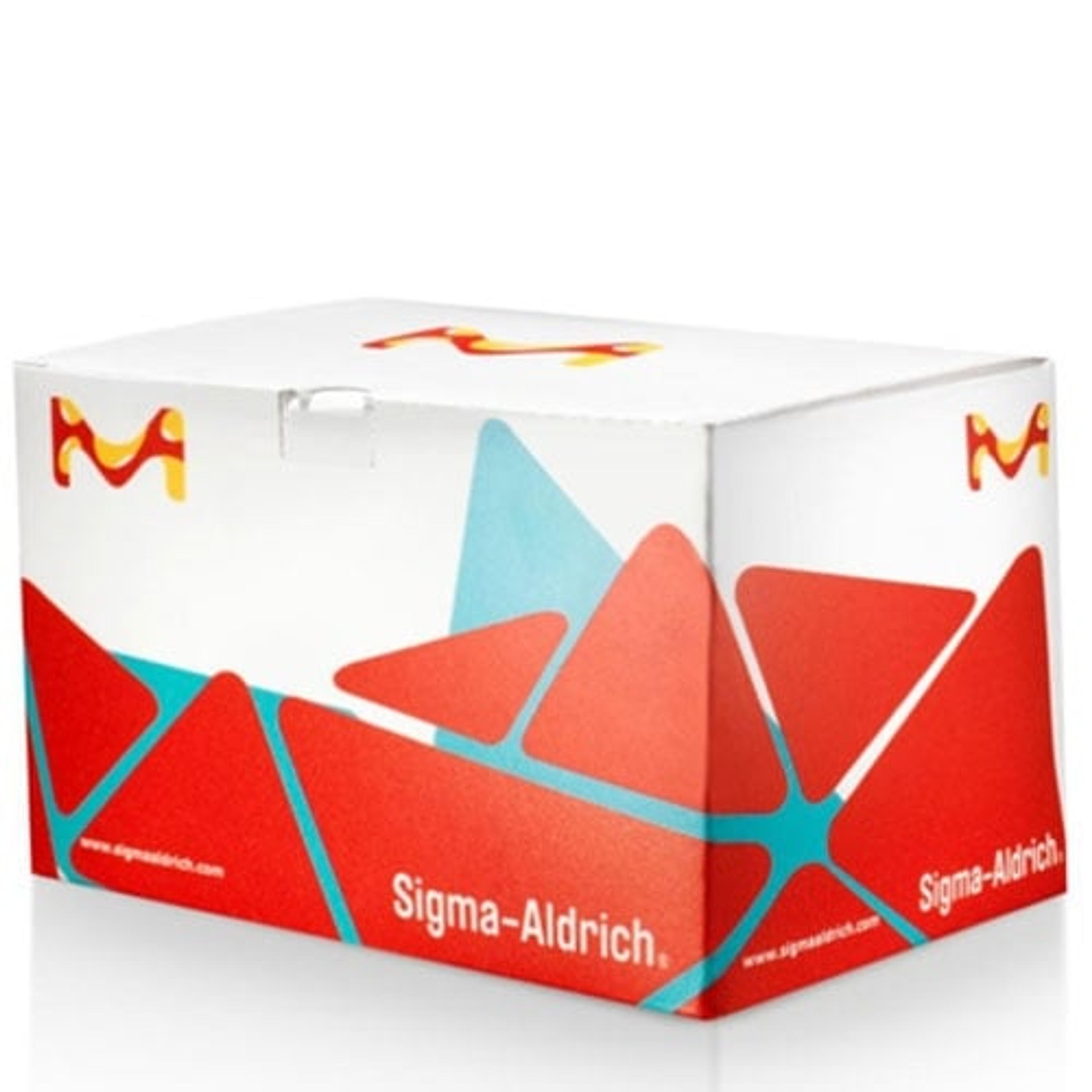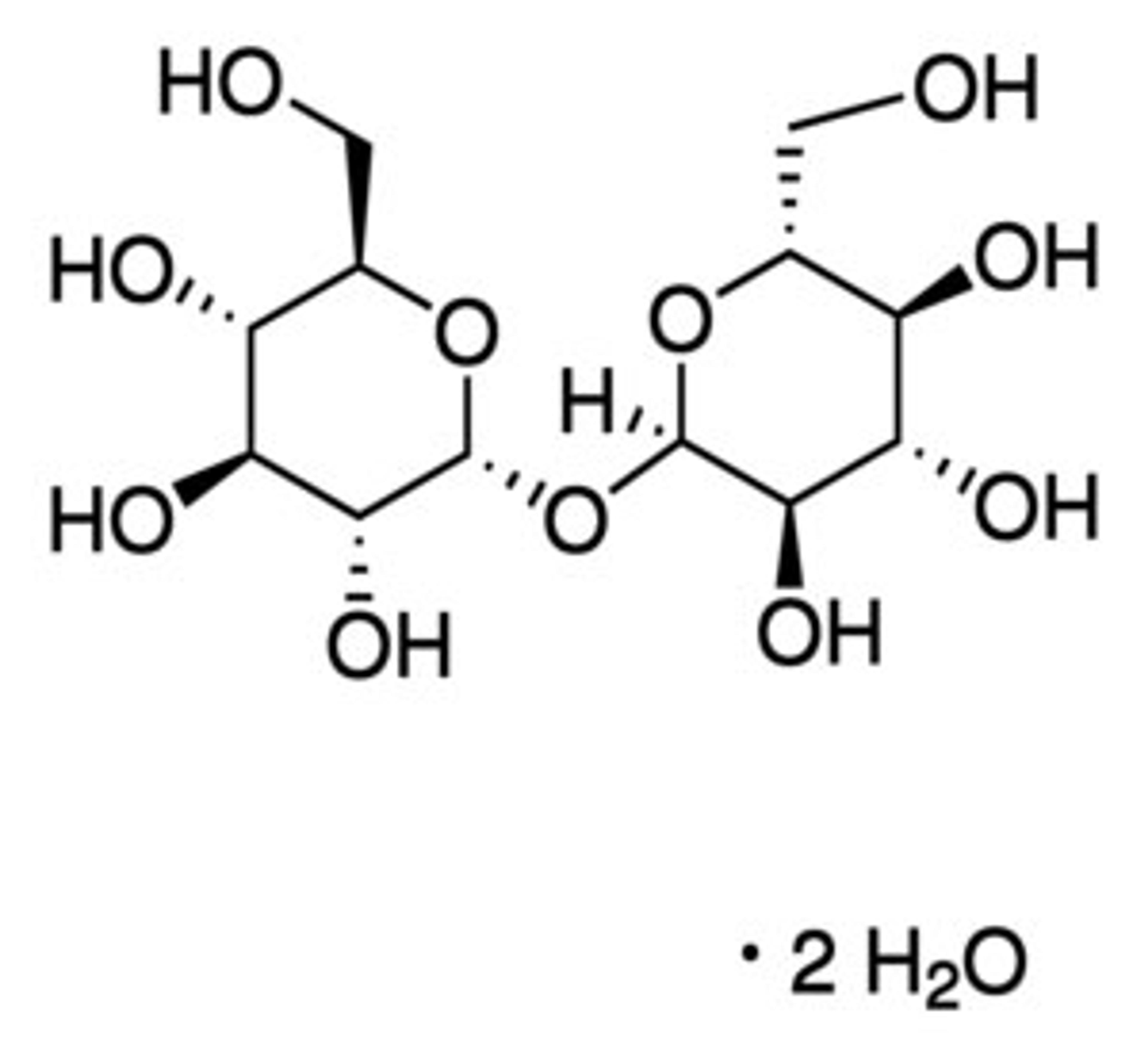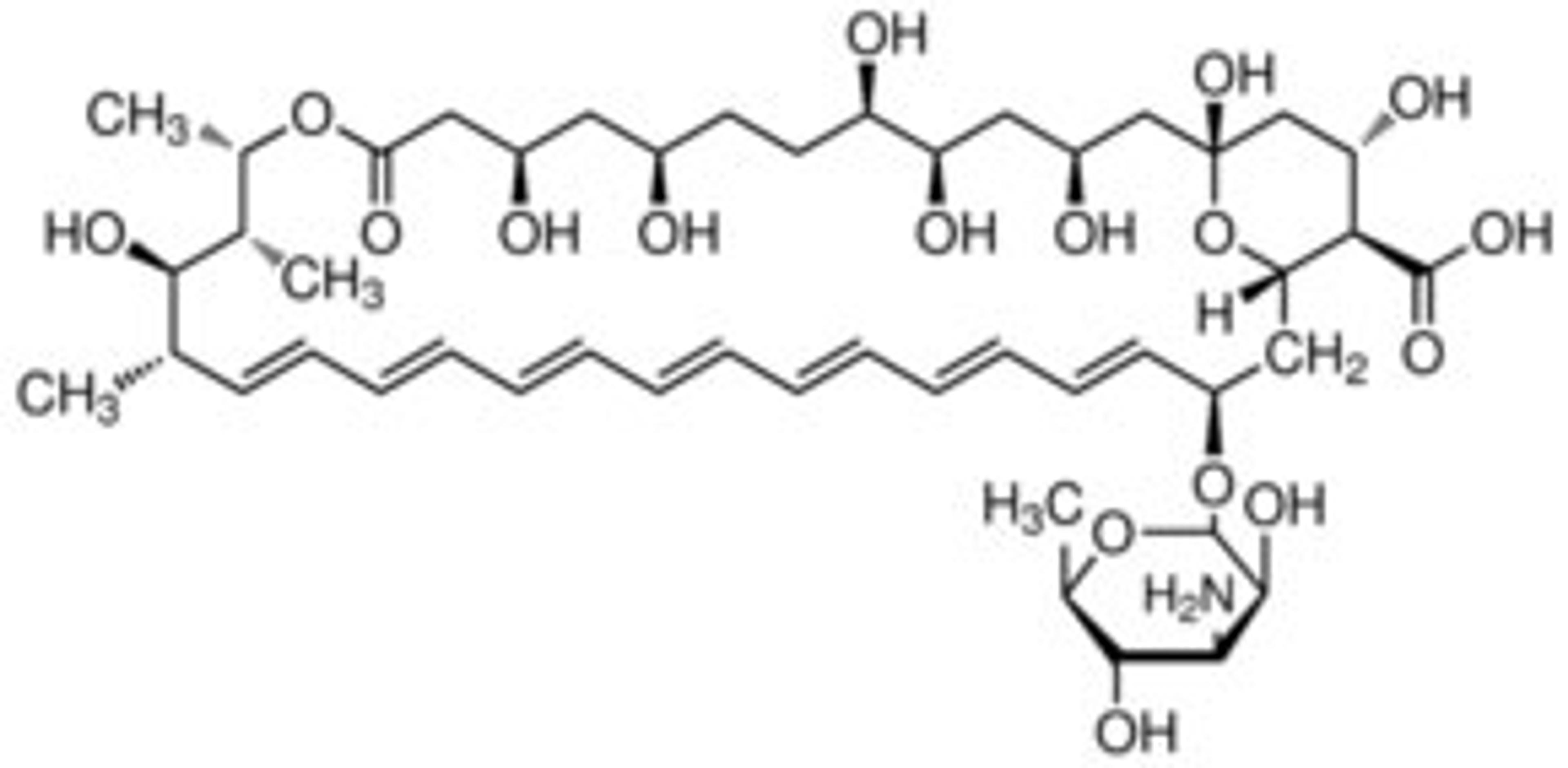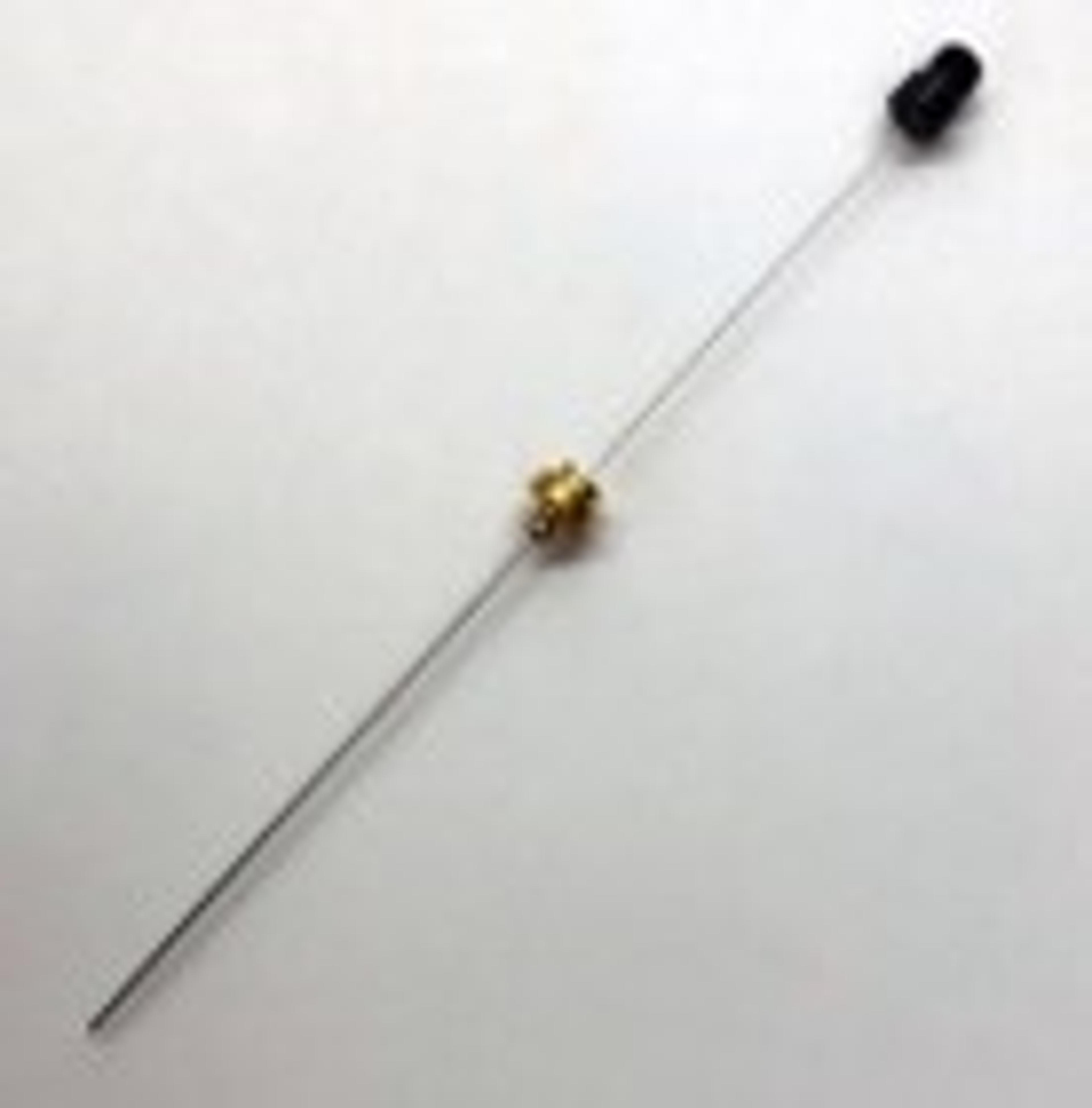Products & Reviews
Selected Filters:
T7E1 CRISPR Validation Kit
MerckThe T7 Endonuclease Detection Assay is a well-known method for detecting genome editing events from CRISPR, Zinc-finger nuclease, and TALEN gene targeting. Originally identified from Escherichia coli bacteriophage, the T7 endonuclease can cleave mismatched heteroduplex DNA, Holliday junctions, branched DNA, and cruciform DNA.
CRISPR Plant
MerckAll-in-one, ready-to-use Cas9 and guide RNA (gRNA) expression plasmids for use with monocots and dicots.
Bacterial Gene Editing with CRISPR
MerckCRISPR/Cas9-mediated recombineering is the most powerful bacterial genome engineering method to date. In addition, Cas9-mediated recombineering overcomes the dependence on a second recombination step, avoids the creation of destabilizing scar sites, can be used in multiplexing, and is less time-consuming than previous protocols.
CRISPR & shRNA Lentiviral Packaging Mix
MerckThis Lentiviral Packaging Mix is an optimized formulation of two plasmids expressing the key HIV packaging genes and a heterologous viral envelope gene.
CRISPR Universal Negative Control
MerckUniversal negative control CRISPRs have been designed not to recognize any sequence in the human, mouse or rat genome.
CRISPR Vectors and Controls
MerckCompare and contrast the features of a wide variety of guide RNA (gRNA) and Cas9 products for in vitro and in vivo CRISPR experiments. Select the best formats for your mammalian or plant applications: SygRNA ® synthetic gRNA, plasmid DNA, lentiviral particles, and proteins.
AIM Biotech 3D Cell Culture Chips
MerckAn easy-to-use, modular platform to co-culture different cell types in discrete 3D and 2D compartments.
Sanger Whole Genome CRISPR Arrayed Libraries
MerckExclusive human or mouse whole genome arrayed libraries developed with the Wellcome Sanger institute
Supelco® Smart SPME Fibers
MerckOur Smart SPME fibers are equipped with a unique Smart chip that offers traceability, ease-of-use, and increased productivity. The smart SPME fibers are an extension of our expertise and innovation from traditional SPME coatings to smart SPME format for accurate, reliable, and consistent results.
Supelco® Overcoated (OC) SPME Fibers
MerckThe over coating of fibers is a new technology in fiber coating to protect the SPME fiber from matrix components. This allows for immersion of the fiber directly into complex samples ensuring a more efficient extraction (e.g. of semivolatile compounds). Polydimethylsiloxane (PDMS) is used to overcoat a PDMS/divinylbenzene (DVB) fiber. The resulting fiber is more physically robust and resistant to chemical fouling and allows f…
Supelco® Nitinol Core SPME Fibers
MerckThe nitinol-core of SPME fibers enhances the fiber performance and the precision of chromatographic results to enhance lot-to-lot and fiber-to-fiber reproducibility, increase fiber durability, and maintain selectivity and inertness compared to fused silica core fibers.
MISSION® TRC3 Human LentiORF Collection
MerckPooled and Arrayed Genome-Wide LentiORF Libraries for High-Throughput Screens or Targeted Experiments
PURedit™ Protein
MerckRecombinant PURedit Cas9 protein from Streptococcus pyogenes is a ready-to-use reagent for genome engineering experiments
Cas9 Plus Protein
MerckRecombinant Cas9 Plus protein from Streptococcus pyogenes is a ready-to-use reagent for genome engineering experiments.
Cas9-GFP Protein
MerckRecombinant Cas9-GFP protein from Streptococcus pyogenes is a ready-to-use reagent for genome engineering experiments.
MISSION® TRC Arrayed shRNA Library
MerckTrusted TRC (The RNAi Consortium) content with shRNA targting 20,000+ human or 21,000+ mouse genes including TRC 1.5 and 2.0 (unique and validated) add-ons which are exclusive to Sigma
Human CRISPR Brunello Knockout Library
MerckThe human CRISPR ′Brunello′ pooled library is designed using optimized metrics, as published by, Doench et al. Nat Biotechnol. (2016) and described further in Sanson, K.R., et al. Nat Commun (2018)
Human CRISPR Toronto Knockout Library V3
MerckThe Human Whole Genome Toronto KnockOut Library v3 (TKOv3) is optimized for editing efficiency using empirical data described in the findings by the Moffat lab.
Human CRISPR Poison Exon Knockout Library
MerckThe human, paired guide Poison (pgPoison) library targets 3` splice sites with paired guide RNAs for alternative exon removal (pgRNAs), induce skipping of "poison" cassette exons and corresponding upstream constitutive exons in ultraconserved regions.
Mouse CRISPR Brie Library
MerckThe mouse CRISPR "Brie" lentiviral pooled libraries are designed using optimized metrics, as published by Sanson, K.R., et al. Nat Commun 9, 5416 (2018), which combine improved on-target activity predictions (Rule Set 2) with an off-target score, the Cutting Frequency Determination (CFD)
Human CRISPR Inhibition Dolcetto Library
MerckThe Human CRISPR inhibition (CRISPRi) library (Dolcetto) is a single compact library that inhibits over 18,000 human genes and is used for genome-wide inhibition screening using a KRAB-dCas9 effector.








